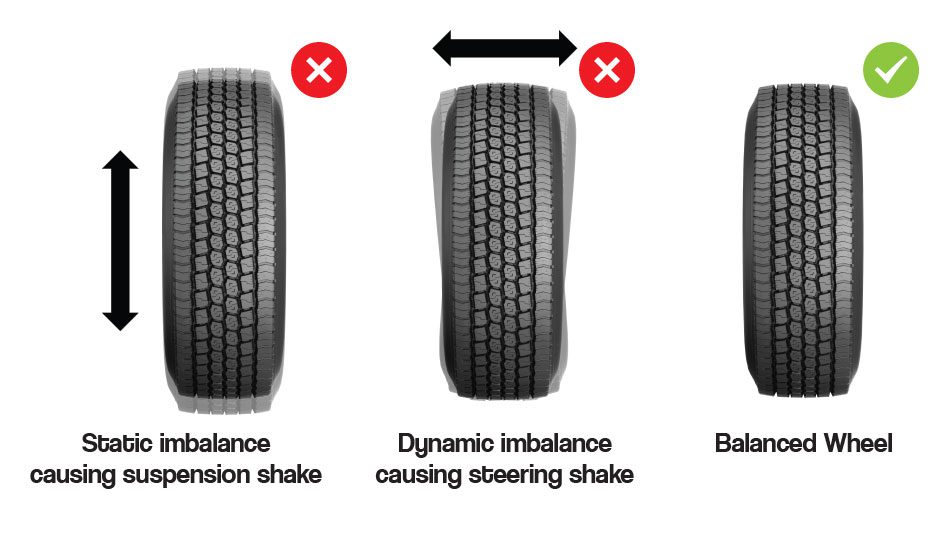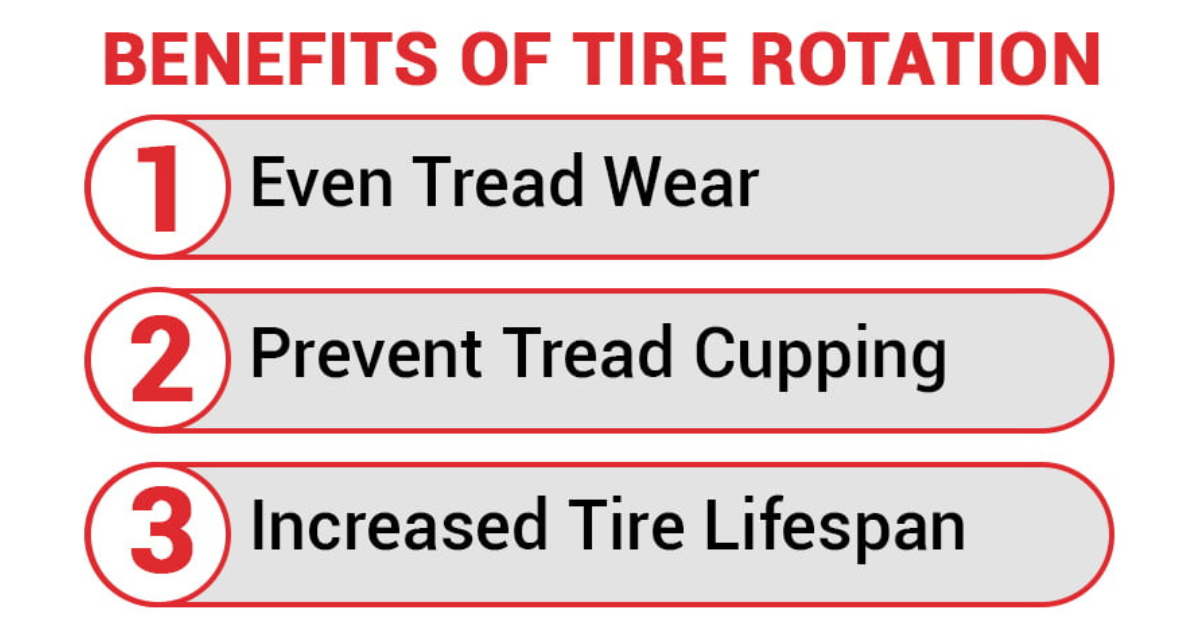A wheel tune-up that checks the outer and inner circumference for balance is tyre balancing. As a result, the vehicle’s weight is evenly distributed across the tire’s diameter. Uneven distribution of vehicle weight can occur if a tyre is not balanced.
How To Tell Which Tire Is Out Of Balance?
Even brand-new tyres might have flaws when they leave the factory. It might speed up the wear on your tyres if you drive with it. When you put on new tyres or rotate your tyres, you must balance them to ensure proper upkeep.
Your tyre is imbalanced if you find any of these irregularities. At the first hint of any of these imbalanced tyre warning signs, you should check the tyres.

Vibration at a certain speed
When you feel vibrations on the steering wheel at a specific speed, it could be an indication of an unbalanced tyre. When going at speeds of 70 mph or above, this may occur. Wheel vibration can be caused by a number of things when travelling at high speeds, but it only happens at a given speed and goes away when you cruise at a different pace.
The vibration will become more intense as the imbalanced tyre gets worse, and it will be felt throughout the cabin, including the steering wheel, front and back seats, and the vehicle as a whole. Therefore, for a comfortable ride, it is essential to balance the tyre.
Uneven tire wear
The tread wear pattern is a good indicator of the tire’s condition. Tyre wear can be uneven if the tyre is not balanced. Uneven wear might also be caused by problems with the steering and wheels. Flat tyres are a common problem whether you wear them inside or out. The uneven wear of tyres can also lead to cupping. Also, the tyres can have bubbles on them.
When the tyres on your vehicle aren’t balanced, you’ll notice these signs. At a certain speed, vibration on the steering wheel is a typical and early indicator of unbalanced tyres. If you notice that one of your tyres isn’t sitting straight, it’s best to take your vehicle to a mechanic so they can check the balance.
Everyone assumes they need to get their wheels aligned when they hear rapid vibrations. There is zero correlation between wheel vibration and alignment. To prolong the life of your tyres and keep them from wearing out too quickly, get your vehicle aligned so that the tyres are parallel to the road and hugging it tightly.
If you’ve recently changed the tyres, installed new parts for the front end, or noticed that the steering wheel isn’t quite straight, alignment is the next step.
The life of your tyres can be extended by balancing them. However, before anything else, the mechanic will inspect your tyre for visible damage, unusual wear and excessive choppyness.
They will examine the tyre for any signs of a wheel weight. Every now and again, wheel weights come loose. It’s not very often, but it does occur.
After grabbing the tyres, they’ll shake them to make sure nothing is loose with the suspension or steering. An excessively faulty inner or outer tie rod, for example, could be the source of vibrations.
When your car sways, it’s usually because the tyres aren’t balanced properly. The technician will then remove the wheels and transfer them to the wheel balancer.

Some tyres may have minor flaws due to the manufacturing process or the use of aftermarket components. As an illustration, it’s possible that one side contains more rubber than the other. Also, the tyres might not work as well as they should because of the steel belts that connect them.
In addition, there may be flaws in the rim that cause it to be slightly heavier on one side. The technician will need to balance the tyres if they detect vibration even when the wheel assembly components are very cool.
And after that? A wheel balancing equipment will be utilised by the technician to examine the tyre. While they investigate the source of the vibration, they will place the tyre on a balancing machine while keeping the wheel weights attached. They will first make sure the tyre pressure is correct and then make the necessary adjustments.
Tyres aren’t to blame for vibrations if the balance is fine. But if it’s not, either the wheel weights aren’t where they should be or they need rebalancing.
Conclusion
We have shown you numerous methods for identifying an imbalanced tyre and balancing them yourself. Read the article again to find out what to do to fix it on your own. In addition to providing a stress-free driving experience, this will end up saving you money.
It’s alright if you’re not the do-it-yourself kind. If that’s the case, you shouldn’t procrastinate getting your wheels balanced at a local shop.




